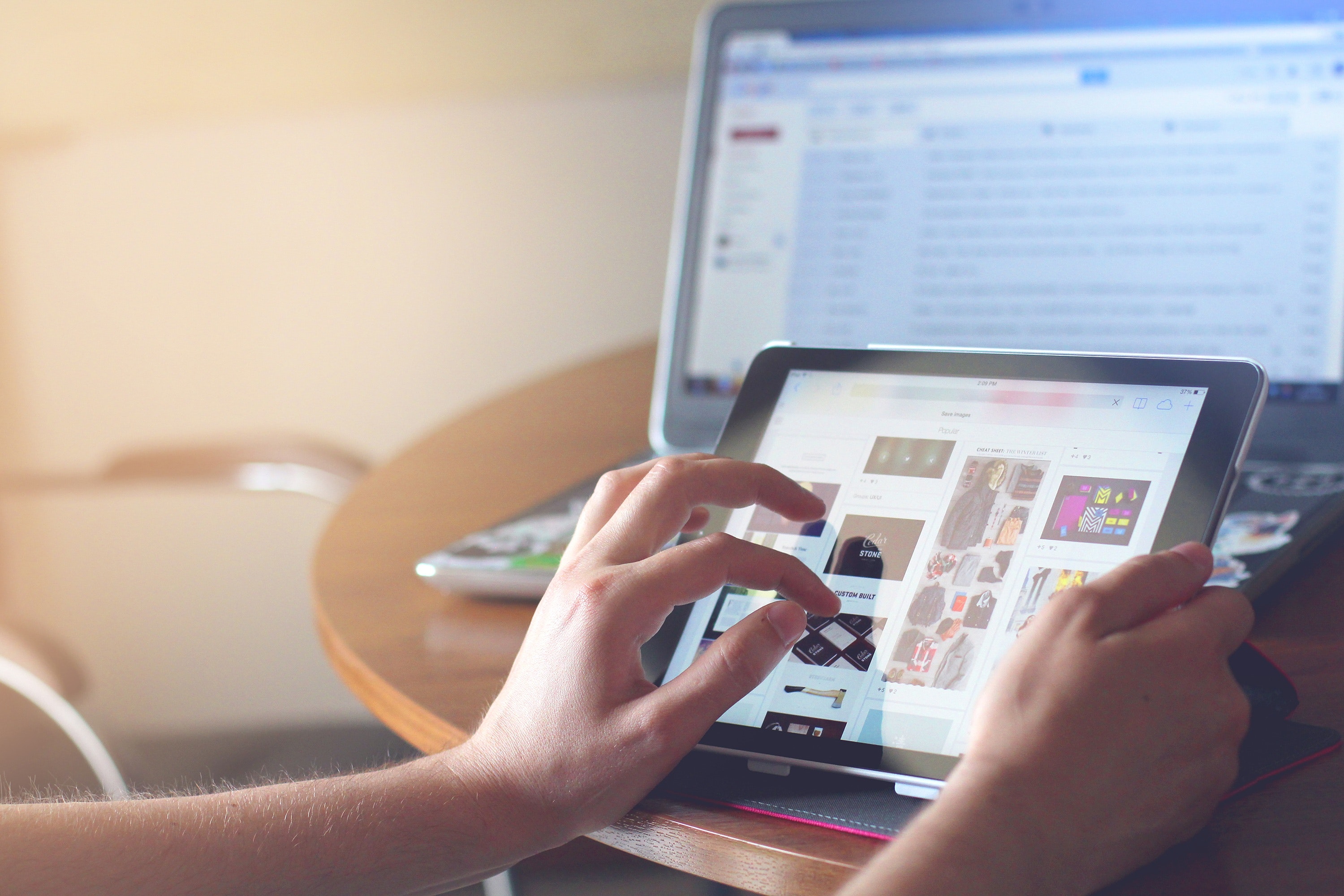
Equipment finance is a bit of an umbrella term, and it can become a bit misconstrued for start-up owners and entrepreneurs.
In this piece, we look to make the topic of equipment finance simple by clarifying:
As you've probably guessed, equipment finance is about purchasing specific equipment for your business (easy enough).
Your business then pays manageable monthly instalments on the equipment, and, if agreed, once all the payments have been made, the equipment is your asset outright.
Most finance firms will require a personal guarantee, which means the lender takes insurance for the payment against an asset you own personally, such as a car or house.
Think of leasing like renting an office or retail space: all you’re doing is paying the rent of whatever equipment you’re using.
At the end of the lease, you can choose to renew the agreement and possibly get an upgrade or buy the equipment outright and own it for future use.
However, financing is more like a mortgage: you're paying the money bank, but you effectively own the equipment or asset, so you're effectively just moving money from your left pocket into your right.
One of the advantages of leasing over financing is that there’s no requirement for you to put down payment on the equipment you wish to obtain, something you’re expected to do with a loan.
You may also find it a bit easier to attain a lease over a finance agreement, especially if your credit rating isn't as stellar as you'd like.
You’re also freer because any collateral or a personal guarantee does not bind you.
Leasing does have a slight drawback in that you do pay more for the equipment over time than if you bought it outright, but you don't feel the hit on the bottom line, which is arguably worth the higher overall cost.
When the time comes to look at finance, there are loads of options for you.
It's important to realise that many businesses think finance is a one-track deal.
However, deciding what the best fit for you depends on a few wee factors such as:
There’s an old testaments worth of material when considering which equipment finance path to choose.
The first thing to think about is the total cost of your borrowing, sure, a shiny low-interest rate may be appealing, but it's essential to look beyond that.
Check to see if you’re going to pay a loan origination fee or an annual maintenance fee, as this would drive up your overall cost… which is why it's advisable to focus on APR, which includes all of the expenses that come with a loan.
Another factor to consider is the repayment terms; you have two options when it comes to this: if you opt for a shorter repayment term, you’ll pay back the equipment loan quicker, but the monthly payments will more than likely be higher.
Your second option is to go for a longer-term payment which reduces the outgoings on your monthly cash flow, but it could increase the interest total once your chosen equipment is paid off.
Thanks for reading. We hope you found this guide on financing equipment helpful. If you’ve got any other questions or queries, give us a ring, and we’ll be happy to help.


